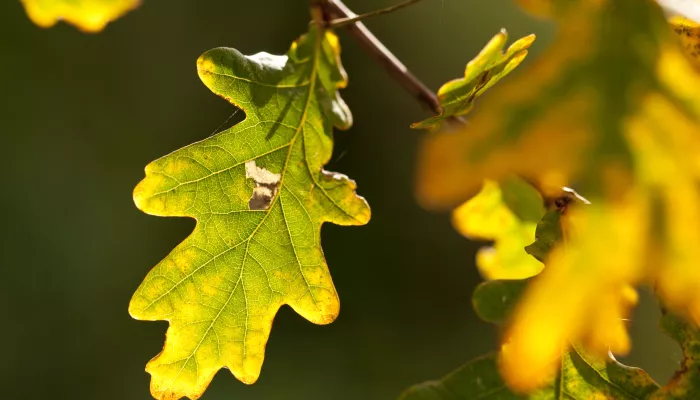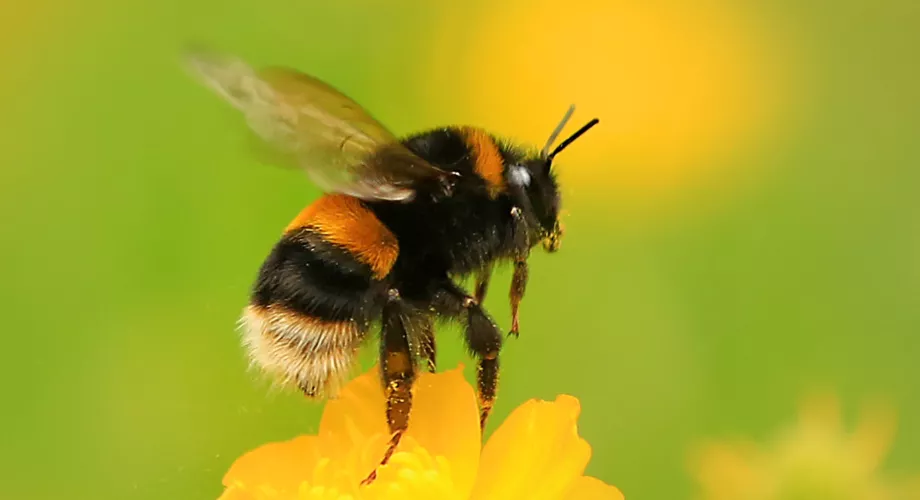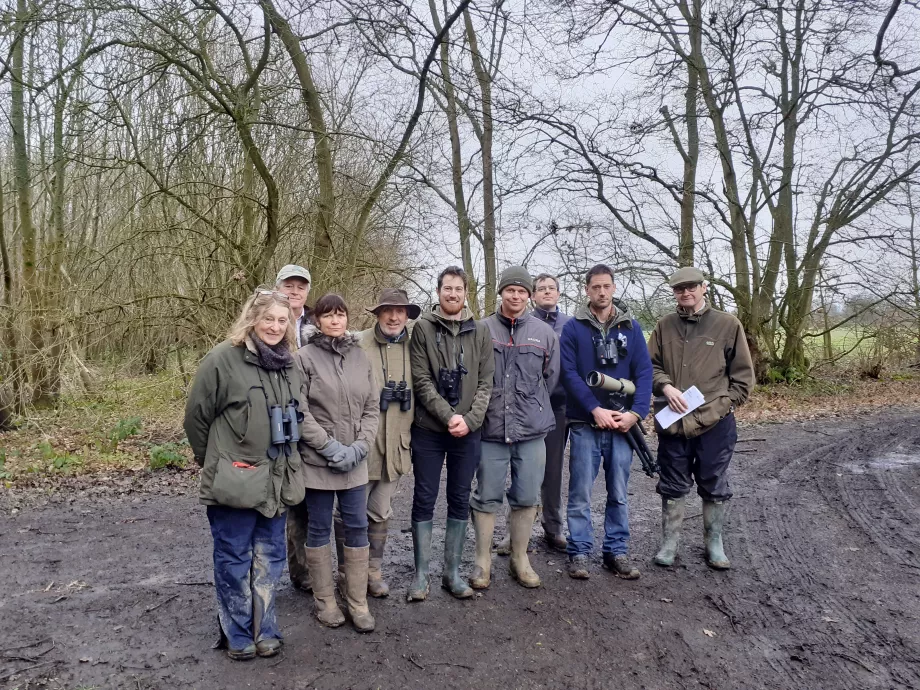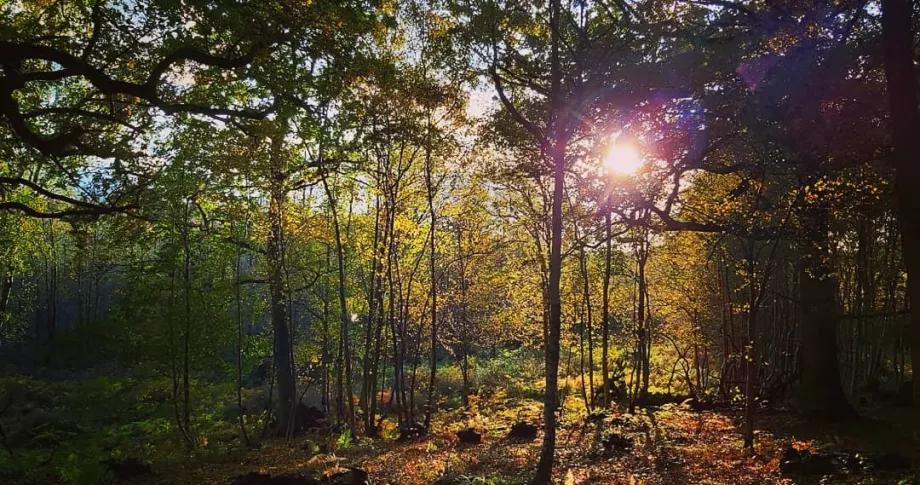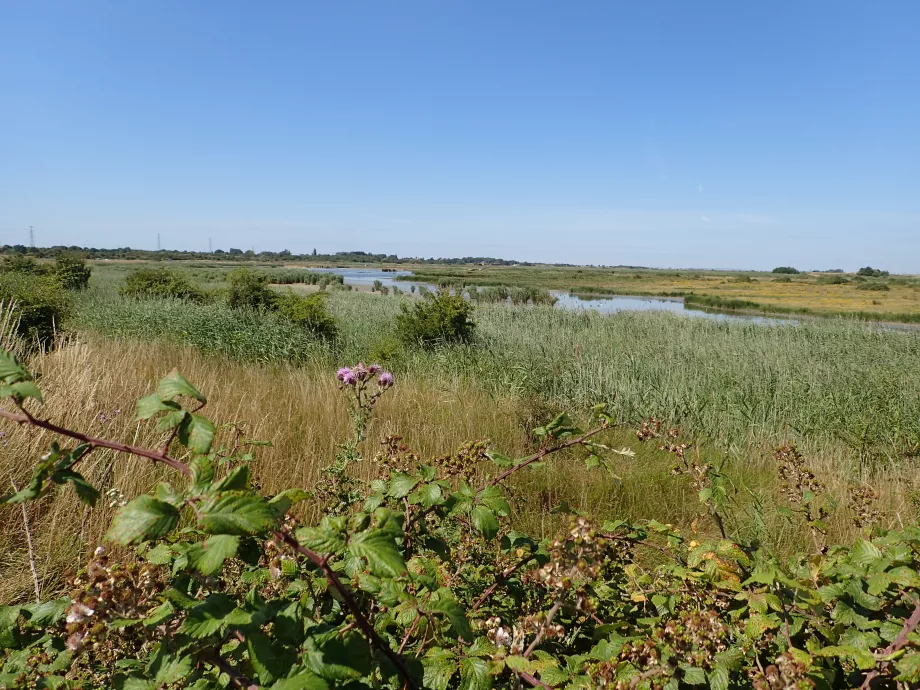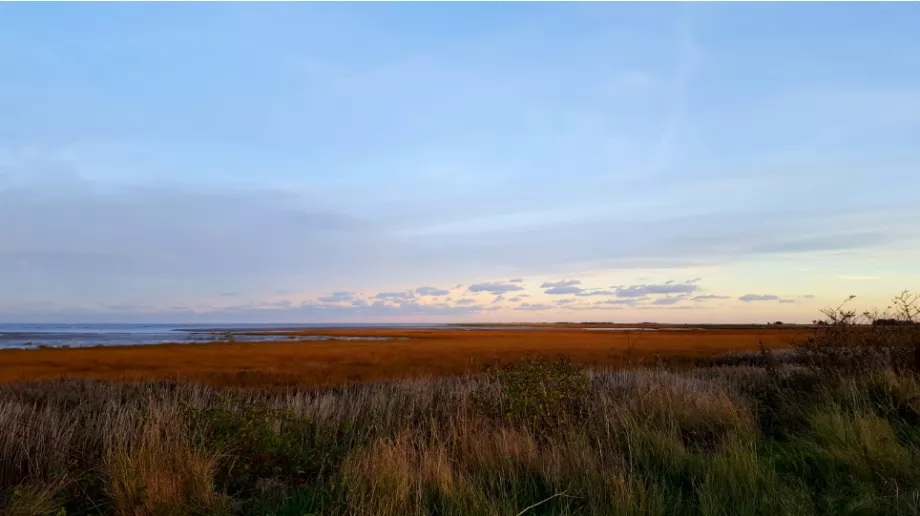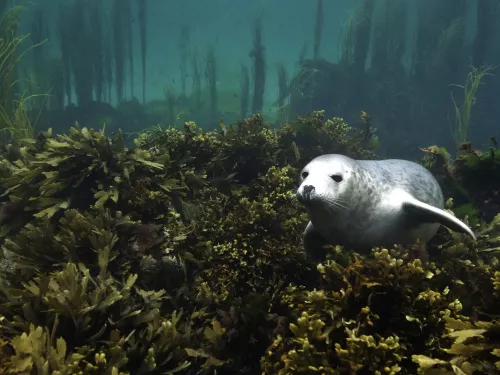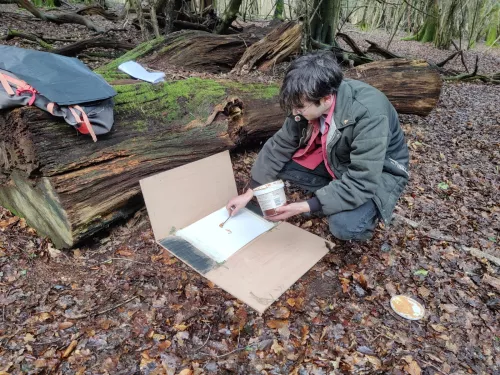Tree planting is being promoted as one of the main ways to lock up the excess carbon that we’re putting into the atmosphere. However, this ignores various important subtleties. Commercial forestry is driven by short-term economics. Not being specific about what type of tree planting we’re talking about and where, unfortunately, opens the doors to repeating past mistakes such as planting trees on peat – which happened in the flow country in the 1980s.
This dries the peat out and actually causes carbon to be released into the atmosphere. Wet peatlands perform natural flood and drought management functions and keep vast amounts of carbon locked up, limiting climate change. But forestry is based on short-term production of fuel/timber; forest management impacts the soil which often holds more “woodland carbon” than the trees.
Even woodland established with the best intent, if planted in the wrong place or managed in the wrong way, can be detrimental to existing biodiversity. A recent example of the ‘green rush’ resulted in a SSSI quality grassland being covered in plastic-sleeved saplings. And, of course, planted woodlands take generations to reach the biological complexity of ancient woodlands (even if they’re left alone to do so). This is all self-evident. But, people on the commercial forestry side suggest “you can’t have it both ways" and the climate crisis trumps the nature crisis.
This conveniently fails to recognise that bio-diverse woodlands are also better from a climate perspective. They are more resilient to drought, pests, and other challenges that come with climate change. Consequently, they have a better chance of keeping carbon locked up stably for longer. However, natural woodland is created by processes, and contains elements, that are difficult for commercial foresters to tolerate, e.g. large herbivores, dead wood and bare ground plus scrub - all reduce commercial viability.


